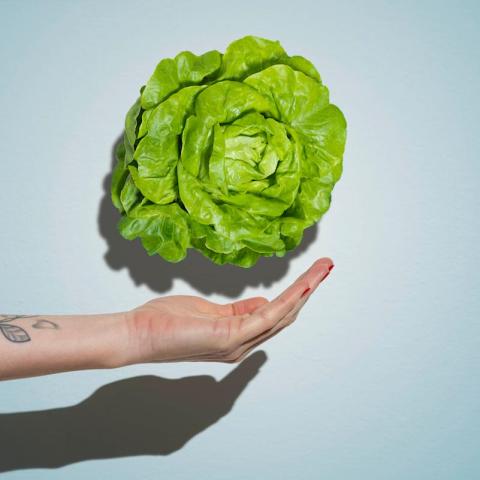A healthy diet averaged about $3.68 per day globally in 2021. That’s a tough price for many, especially in low-income countries where diets often rely on basic staples and oils, lacking essential nutrients. Even people above the extreme poverty line struggle to afford a varied, nutritious diet.
Researchers created a “Healthy Food Basket” based on national dietary guidelines. This basket includes six main food groups: starchy crops, oils, vegetables, fruits, legumes, nuts, seeds, and animal products. They focused on affordable items within each category, highlighting that while fruits and veggies make up a larger portion of the basket, animal-based foods are less common. This reflects global eating patterns where fruits and vegetables take a backseat to cheaper staples like grains.
Healthy foods, especially fruits and veggies, tend to cost more than carbs and oils. For example, vegetable oils often deliver energy at a far lower cost compared to nutritious options. Many low-income families primarily eat starchy foods supplemented by inexpensive oils and sugars. The World Bank’s definition of extreme poverty currently sets the daily income limit at $3 for the poorest countries, which leads many to only afford a fraction of the $3.68 needed for a healthy diet. It’s estimated that nearly half the global population lives on less than $8.30 a day by 2025, making it tricky for them to access nutritious meals.
The researchers also noted that the “Eat-Lancet diet,” which includes more specific categories and quantities of expensive foods like nuts and fish, is even pricier than the Healthy Food Basket. This raises questions about the practicality of such dietary recommendations when most people can’t afford them.
In many places, the real situation is more complex. Not everyone can afford or even has access to the variety of foods recommended. For example, a farmer might grow vegetables but primarily sell them to earn money, often leaving little for personal consumption. Many households, especially in rural areas, consume a starch-heavy diet due to lower costs and availability.
There’s ongoing debate about what exactly defines a healthy diet. Each region has unique dietary needs and cultural preferences. What works in one place, like Sweden, with different food availability, might not translate globally.
Recent data reflects that it’s not easy to pinpoint what people eat accurately, especially in areas where individuals grow a significant part of their food. There’s a growing concern about how policies surrounding nutrition and poverty lines need to be reassessed.
Food is more than just price and calories. It’s about culture, environment, and access. The goal should be improving food access so that all people can enjoy a healthy, varied diet, no matter their financial situation.
For further insights on the current state of food access and nutrition, check out the World Bank’s Measuring Poverty report.
References:
- Herforth, A.W., et al. “The Healthy Diet Basket is a valid global standard that highlights lack of access to healthy and sustainable diets.” Nat Food 6, 622–631 (2025).
- World Bank 2025, “Measuring Poverty.”





















